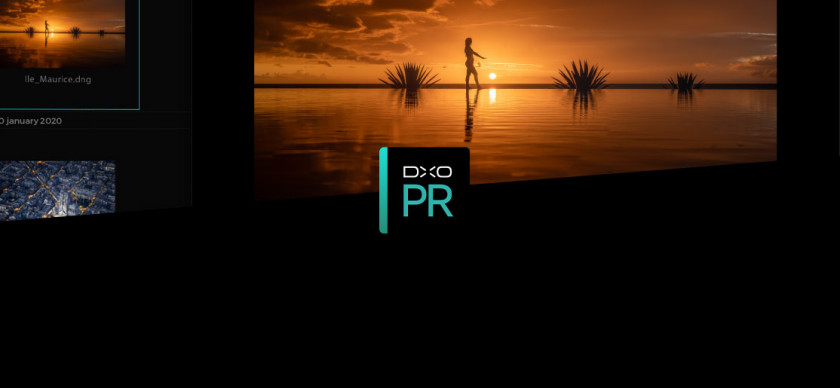

These images can be revisited and reprocessed to bring out details in the file that couldn’t have been processed nearly so well all those years ago. The DxO database of camera and lens optical modules goes back many years which means it’s possible to resurrect images that were shot in RAW many years ago. I’ve used DxO software in the past for processing RAW files and it performs brilliantly. Verdict: When it comes to processing RAW images, DxO’s engineers are the undisputed experts. It's surprising how much detail a RAW Image file can hold. This support of such a wide range of digital cameras and lenses means that individual shots are processed considering the noise behavior of an individual camera’s image sensor and the optical peculiarities of the lens being used. There’s also support for 40 new camera bodies. Updates to DxO’s library of Optics Modules bring the total number of the supported camera body and lens combinations to a staggering 70,000 permutations. Additionally, there’s support for HiDPI displays and a host of new camera body and lens combinations. For those running DxO PureRAW 2 on Apple Silicon, the speeds are now up to four times faster and up to 1.5 times faster on the latest Windows machines. Not only is the software more responsive, but its processing and export times have been considerably improved. The result produces clean images that are free of noise and artifacts, combined with vibrant colors, even on images shot at high ISO settings.ĭxO DeepPRIME has been given a significant speed bump in this latest version of DxO PureRAW.


This latest version of DxO PureRAW now supports RAW files created by Fujifilm’s X-Trans image sensors, bringing the benefits of DxO’s DeepPRIME noise reduction and image processing to Fujifilm XT camera users. smooth gradients with soft out of focus areas. DxO PureRAW 2 is very good at handing images with large areas of bokeh.


 0 kommentar(er)
0 kommentar(er)
